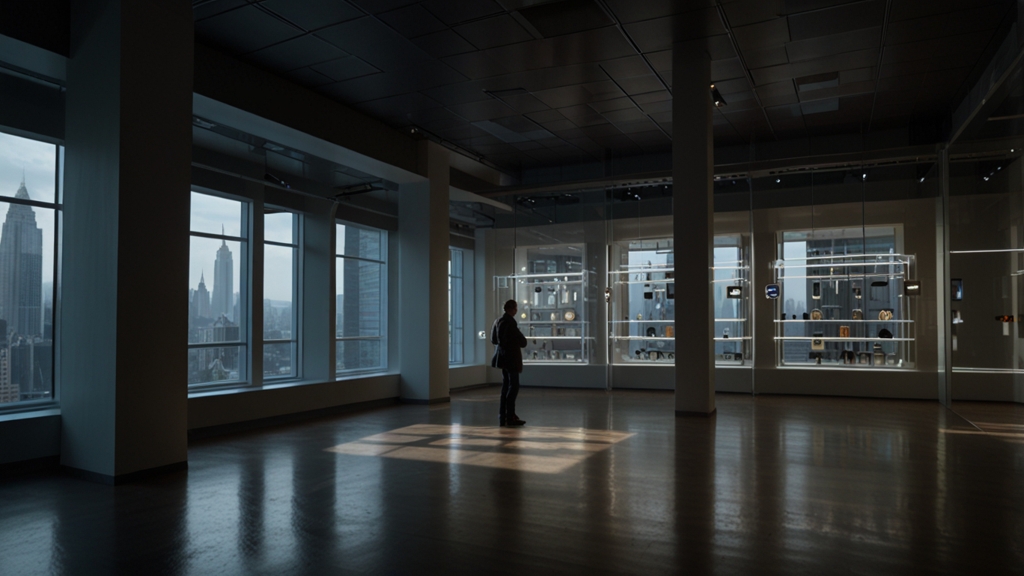Introduction
Cascading Style Sheets (CSS) is a cornerstone technology of web design. Its ability to control the layout, look, and feel of a site makes mastering it an essential skill for any front-end developer. However, with the vast array of CSS frameworks available, choosing the right ones to learn and utilize can be daunting. In this article, we'll explore some must-know CSS frameworks that can take your front-end development skills to the next level.
Bootstrap
Bootstrap is one of the most popular CSS frameworks out there. Developed by Twitter, it offers a collection of pre-designed components and responsive grid systems that make creating beautiful and functional web layouts easier. Bootstrap simplifies the development process by providing a variety of ready-to-use elements, such as buttons, forms, modals, and navigation bars. This allows developers to focus on building unique features without reinventing the wheel.
“Bootstrap is the most popular HTML, CSS, and JS framework for developing responsive, mobile first projects on the web.” — Bootstrap Documentation
Foundation
Foundation by ZURB is another highly-regarded framework in the front-end development world. Known for its responsiveness and mobile-first approach, Foundation is particularly favored by developers looking to build highly customizable sites. It offers a plethora of advanced features, including a flexible grid system, pre-styled components, and built-in accessibility functions. Foundation also provides extensive documentation, making it a reliable resource for beginners and experts alike.
“Foundation is the most advanced responsive front-end framework in the world.” — ZURB
Bulma
Bulma is an open-source CSS framework based on Flexbox, which makes it particularly powerful for creating flexible and modern web designs. One of Bulma's standout features is its simplicity and readability, making it a joy to work with. With a clean and straightforward syntax, Bulma is perfect for developers who prefer a minimalistic approach to code. Despite its simplicity, Bulma doesn't compromise in terms of style and sophistication, offering a wide range of customizable components and layouts.
Tailwind CSS
Unlike traditional CSS frameworks, Tailwind CSS is a utility-first framework that provides low-level utility classes to build bespoke designs. This approach allows for greater flexibility and control over the design, with the added benefit of avoiding much of the bloat that can come with component-based frameworks. Tailwind CSS is highly configurable, meaning you can customize the design system to fit the specific needs of your project. This customization capability, combined with a strong emphasis on consistency, makes Tailwind CSS a favorite among developers who want precision and performance in their style sheets.
“Tailwind CSS is a utility-first CSS framework for rapidly building custom user interfaces.” — Tailwind CSS Documentation
Materialize
For those looking to incorporate Google's Material Design principles into their projects, Materialize is an excellent option. This modern responsive framework provides a cohesive collection of styles and components that adhere to Material Design guidelines. From its beautiful card layouts to its seamless transitions and animations, Materialize makes it easy to create intuitive user experiences. Additionally, Materialize includes a powerful grid system and extensive media queries, ensuring that your designs are both responsive and sleek.
Conclusion
Mastering CSS involves more than just understanding basic syntax; it requires knowing the right tools and frameworks to enhance your workflow. Whether you are looking for the robustness of Bootstrap, the advanced features of Foundation, the simplicity of Bulma, the precision of Tailwind CSS, or the elegance of Materialize, there is a framework to suit your needs. By integrating these frameworks into your workflow, you'll not only speed up your development process but also create more effective and aesthetically pleasing web designs.






